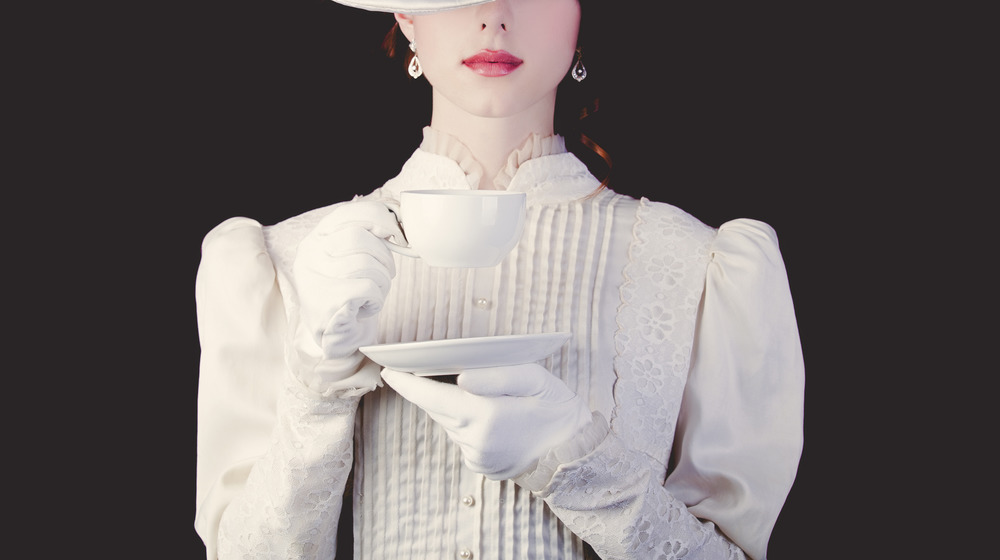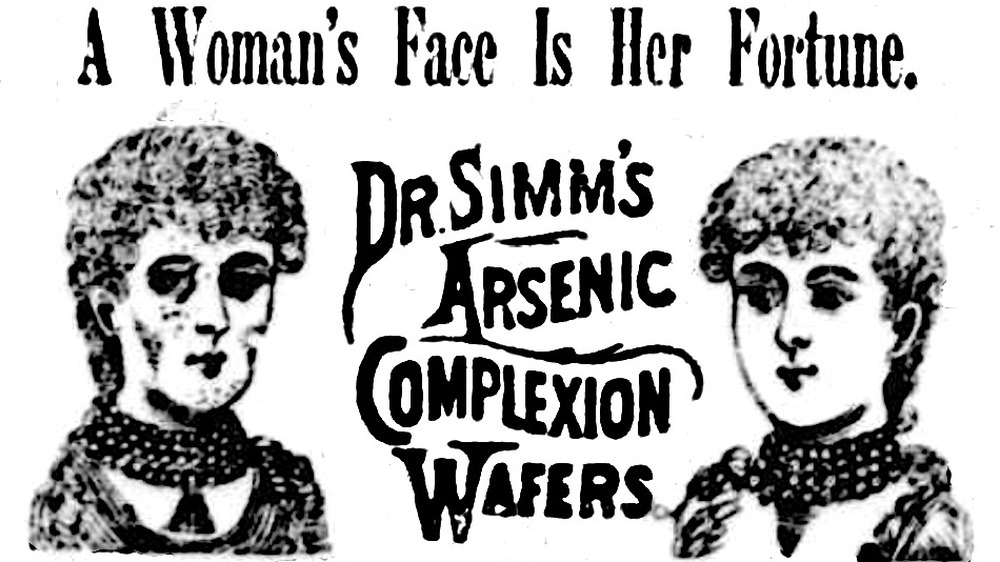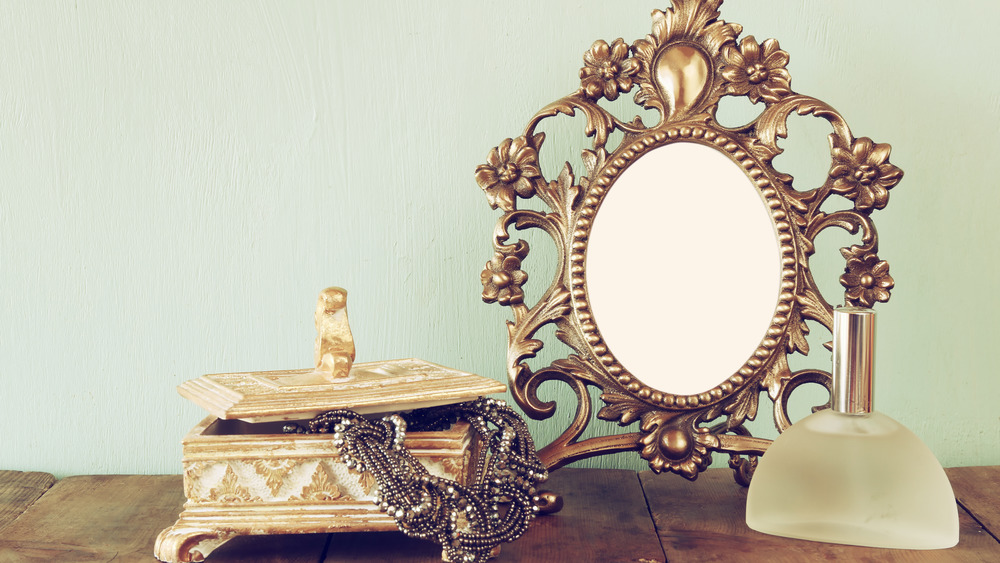The Truth About Victorian-Era Hygiene
For many, the word "Victorian" conjures images of extreme contradictions: utter Dickensian destitution and absolute Wildean sumptuousness; the filth of London's back alleys and the prim drawing rooms of powder-nosed elites. Opium dens, spiritism, the rise of industry, coal, soot, smog, and 14-hour work days for children (per Victorian Children). Named after Queen Victoria and ending with her death, the Victorian era (1837-1901) hasn't ceased inspiring the imagination.
It's often taken as fact that England's Victorians were mired in filth. The Great Stink of 1858, after all, wafted up throughout London from the poop-flooded Thames. Granted, personal hygiene, and its sibling, medical care, weren't quite at the point where any random citizen could stroll down to the local Walmart, grab a pack of soap, and head to their own, personal, in-home, clean-water shower every single day. And it's not that people didn't know better — folks had been bathing, washing clothes, etc., for thousands of years, as History Extra describes. The poorest of us just couldn't afford clean habits, and often inadequate urban infrastructure didn't help.
With the Victorian era and its turn to industry, eventually leading to mass-produced goods in the early 20th century, the lower classes gained access to improved personal care. On the other hand, these advancements drove misinformation and gaps in knowledge that resulted in some awful, sometimes unavoidable, and even potentially lethal hygiene habits.
Stepped in a chemical quagmire of product-based death
In a general sense, health and beauty habits in the Victorian era mirrored those adopted across history: wash your body, clean your hair, take care of your teeth, and so forth. That routine, regardless of its frequency, quality, tools, and materials, hasn't changed all that much. For instance, ancient Romans scrubbed and rinsed, but with oil instead of soap (per History Crunch). Medieval folks used wool cloth wrapped around twigs to brush their teeth (per Ancient). The 15th-century Germans bathed, but in large public bathhouses (per Healthy Way). So on and so forth.
But it was the rise of industrial chemicals, combined with profiteering product peddlers and an undereducated public, that led to Victorian products like Hall's Vegetable Sicilian Hair Remover in the 1860s (per Weird History, posted on YouTube), a dying substance used to cover gray hair that contained lead as a bonding agent. Or to achieve the super white, luminous skin that Victorians admired, folks could just bathe in arsenic, per Ranker. Or just nosh on Dr. MacKenzie's Improved Arsenic Complexion Wafers as part your beauty regimen, as The Quack Doctor shows. Arsenic, in fact, was everywhere — wallpaper, clothing, baby carriages, plant fertilizers, libido pills, you name it — to the point where arsenic poisoning was rampant, as The Atlantic explains.
Also on hand for the daily routine: mercury in eyeliner and eyeshadow, ammonia in lipstick, lead and radium in face lotions and powders, and nightshade (a lethal poison) in eyedrops.
Sunk in a cesspit of poop, perfume, and no pipes
Many of the Victorian era's hygiene problems centered on water use. Indoor toilets existed, but no indoor plumbing. Folks could defecate inside, but the feces just made its way into literal cesspits, which gave birth to an entire industry of "night soil men" who removed poop from cesspits and sold it to farmers, as the Garden Trust tells us. Toilet paper was invented in 1857, as History says, and sold in stacks, not rolls. Before toilet paper? "Old newspaper and corncobs," as Dusty Old Thing states.
All this led to the stench that slowly engulfed London's growing population, and contributed to the common belief that bad smells caused illnesses. This makes sense to a point, as bad smells often come from rotten or disease-ridden things. But what better solution than to simply saturate yourself with perfume? Or scented powder for the poorer. Or for men: rum mixed with spices. And when it came time to wash your clothes, urine (and its ammonia) was a common cleaning agent, as Vintage Connection explains.
As for hair care, folks used regular soap, or (again) straight ammonia. A full hair wash wasn't common, and messed up elaborate, trendy hair styles. Also, poorer folks might have had access to cold water, but not a full bath except for once or twice a month. When bathing, most people weren't completely submerged, and otherwise just scrubbed critical areas. Only the wealthy had basins and full tubs.


